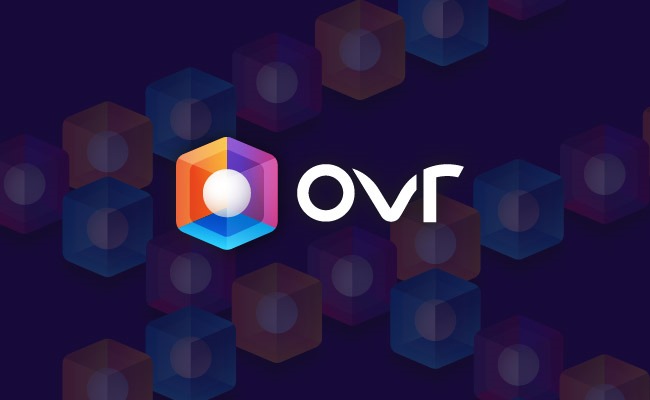OVR cutting edge for IBCO and augmented reality on NFTs

OVR is an Italian project which will launch its DAO-based IBCO on November 30th.
The company aims to create a decentralized platform for the spatial web, or a platform to merge the physical world with the virtual world thanks to Augmented Reality (AR).
The platform consists of 1.6 trillion unique hexagons called OVRLands that can be purchased through auctions and exchanged or rented in a decentralized way. In fact, the OVRLands are non-fungible tokens (NFT) which can be purchased with the OVR tokens that will be issued through the IBCO.
What’s an IBCO?
IBCO, Initial Bonding Curve Offering, is a new method of crypto crowdfunding similar to IDOs.
Just as Initial Coin Offerings, IBCOs are used to finance crypto projects, but solve some of the classic problems of ICOs, such as lack of accountability and liquidity, or imperfect price discovery mechanisms for the token when placed on the market.
Financing any project in its initial phase is a high-risk activity, resulting in very few successful fundings, in percentage terms.
Especially with regard to ICOs, the price of the token is set arbitrarily by the project promoters, and until the moment of landing on the markets, when it is completed, it is not possible to know the real value of the token at that moment. Hence, it is a true gamble.
Moreover, not everyone who has raised funds with an ICO has actually spent them to finance the proposed project.
IBCOs are created with the aim of solving these problems by using bonding curves of DEXs such as Bancor or Uniswap.
In fact, nowadays a project can issue its token directly on a DEX, creating a market by providing collateral to a pool of bonding curves. It is sufficient to issue the token by creating an exchange pair on a DEX or by implementing a custom bonding curve.
These are de facto IDOs (Initial DEX Offerings), or IBCOs, and have already been used several times by projects based on DAOs, i.e. decentralized autonomous organizations that are effectively controlled by token holders.
The tokens are not all minted before being released on the market, as in an ICO, but minted and burned according to a bonding curve where tokens will be created only if someone buys them at market prices, and they will be burned if they are resold to the bonding curve itself, decreasing supply and price.
OVR NFTs with Augmented Reality
As previously mentioned, OVRLands are NFTs based on the Ethereum blockchain with the standard ERC2721.
Each OVRLand is a unique and tokenized spatial web domain. Thanks to GPS and Computer Vision, the OVR app will be able to provide Augmented Reality (AR) experiences contextualized to the geographic location, and the landowners will decide what content will be shown in the geographic location occupied by their lands.
Augmented Reality is a technology that allows, through apps, to add content to the physical environment, creating the illusion that the real world and virtual content coexist within the same space. Thanks to OVR’s app the contents positioned in the lands will be shown according to the position of the lands themselves.
Disclaimer: This is a paid post and must not be considered as news/advice.
